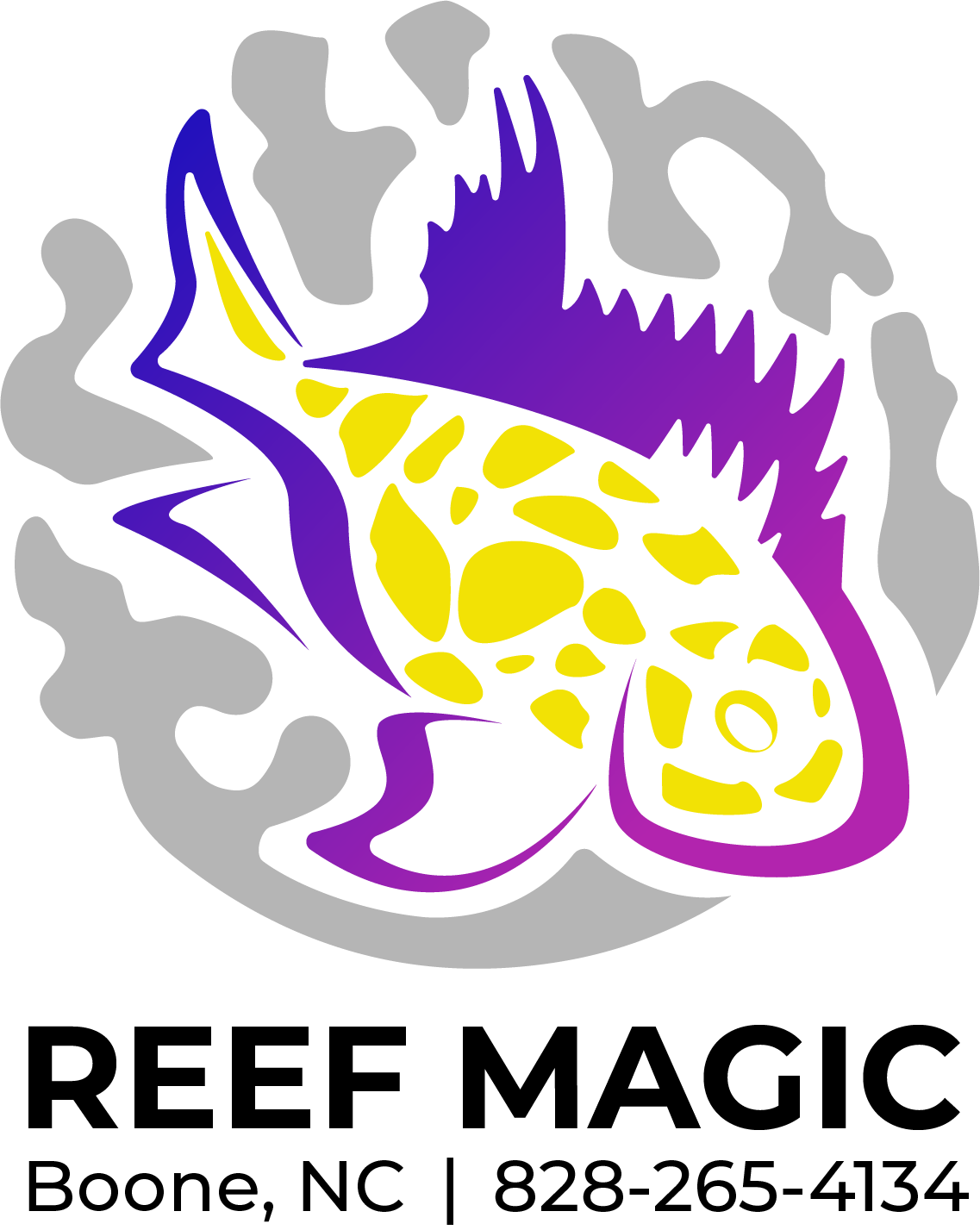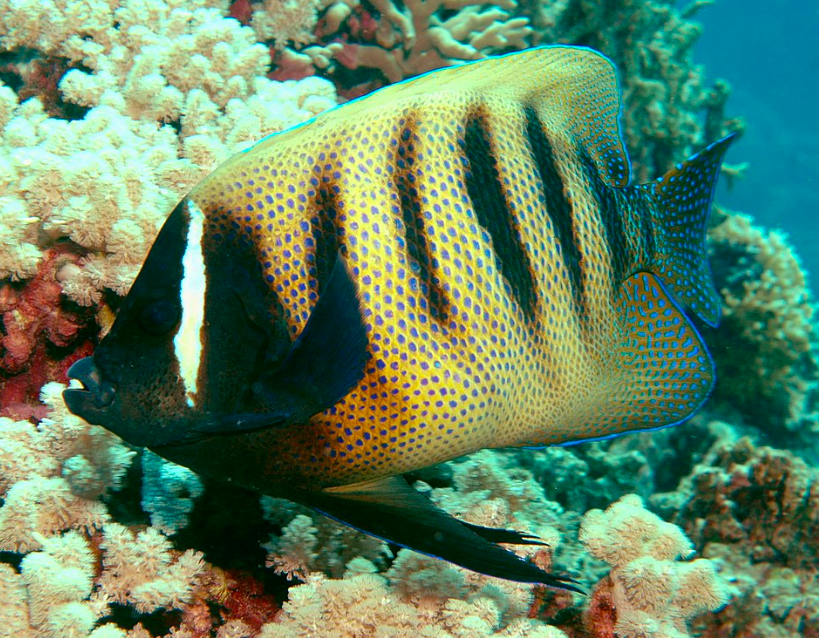 Image 1 of 1
Image 1 of 1


Flame Angelfish
The Flame Angelfish (Centropyge loricula) is a popular and colorful species of dwarf angelfish that is commonly kept in marine aquariums. Here's a care sheet to help you provide the best environment for your Flame Angelfish:
Tank Size: A minimum tank size of 30 gallons is recommended for a single Flame Angelfish. If you plan to keep more than one, or if you have a community tank, you'll need a larger tank to reduce aggression.
Water Parameters:
Temperature: Maintain a stable temperature between 72°F to 78°F (22°C to 26°C).
pH: Keep the pH level between 8.1 to 8.4.
Salinity: Maintain a specific gravity of 1.020 to 1.025.
Tank Setup:
Substrate: Use a fine substrate to mimic their natural reef habitat.
Live Rock: Provide plenty of live rock for hiding spots and algae growth.
Caves and Overhangs: Create caves and overhangs to give the Flame Angelfish places to retreat and explore.
Compatibility:
Tankmates: Flame Angelfish can be semi-aggressive, especially towards other angelfish. Be cautious when keeping them with other dwarf angelfish.
Coral Compatibility: Generally, they are considered reef-safe, but there may be instances of nipping at coral polyps.
Diet:
Varied Diet: Feed a varied diet, including high-quality flakes, pellets, frozen, and live foods.
Algae-Based Foods: Include algae-based foods to provide a balanced diet.
Regular Feedings: Feed small amounts multiple times a day instead of a large meal once a day.
Behavior:
Territorial Behavior: Flame Angelfish can be territorial, especially males. Provide adequate hiding spaces to minimize aggression.
Compatibility: While some can be kept in pairs, introducing them simultaneously is recommended to reduce aggression.
Health Considerations:
Quarantine: Always quarantine new fish before introducing them to your main tank to prevent the spread of diseases.
Observation: Monitor for signs of diseases such as ich, and treat promptly if necessary.
Water Quality: Maintain excellent water quality to prevent stress-related illnesses.
Breeding: Breeding Flame Angelfish in a home aquarium is challenging, and successful breeding often requires a dedicated setup with specific conditions.
Conclusion: Providing a suitable environment with proper tank size, water parameters, and a balanced diet is key to keeping Flame Angelfish healthy and vibrant. Regular observation and proper care will contribute to the well-being of your fish.
The Flame Angelfish (Centropyge loricula) is a popular and colorful species of dwarf angelfish that is commonly kept in marine aquariums. Here's a care sheet to help you provide the best environment for your Flame Angelfish:
Tank Size: A minimum tank size of 30 gallons is recommended for a single Flame Angelfish. If you plan to keep more than one, or if you have a community tank, you'll need a larger tank to reduce aggression.
Water Parameters:
Temperature: Maintain a stable temperature between 72°F to 78°F (22°C to 26°C).
pH: Keep the pH level between 8.1 to 8.4.
Salinity: Maintain a specific gravity of 1.020 to 1.025.
Tank Setup:
Substrate: Use a fine substrate to mimic their natural reef habitat.
Live Rock: Provide plenty of live rock for hiding spots and algae growth.
Caves and Overhangs: Create caves and overhangs to give the Flame Angelfish places to retreat and explore.
Compatibility:
Tankmates: Flame Angelfish can be semi-aggressive, especially towards other angelfish. Be cautious when keeping them with other dwarf angelfish.
Coral Compatibility: Generally, they are considered reef-safe, but there may be instances of nipping at coral polyps.
Diet:
Varied Diet: Feed a varied diet, including high-quality flakes, pellets, frozen, and live foods.
Algae-Based Foods: Include algae-based foods to provide a balanced diet.
Regular Feedings: Feed small amounts multiple times a day instead of a large meal once a day.
Behavior:
Territorial Behavior: Flame Angelfish can be territorial, especially males. Provide adequate hiding spaces to minimize aggression.
Compatibility: While some can be kept in pairs, introducing them simultaneously is recommended to reduce aggression.
Health Considerations:
Quarantine: Always quarantine new fish before introducing them to your main tank to prevent the spread of diseases.
Observation: Monitor for signs of diseases such as ich, and treat promptly if necessary.
Water Quality: Maintain excellent water quality to prevent stress-related illnesses.
Breeding: Breeding Flame Angelfish in a home aquarium is challenging, and successful breeding often requires a dedicated setup with specific conditions.
Conclusion: Providing a suitable environment with proper tank size, water parameters, and a balanced diet is key to keeping Flame Angelfish healthy and vibrant. Regular observation and proper care will contribute to the well-being of your fish.






